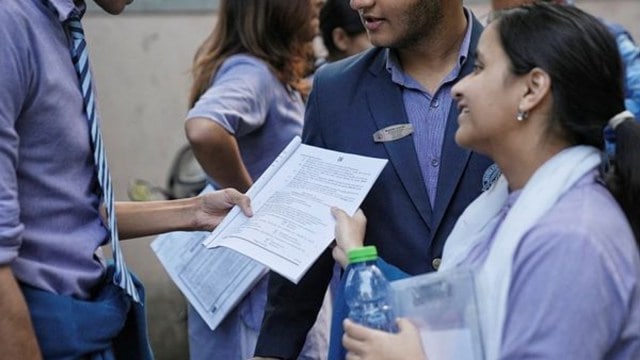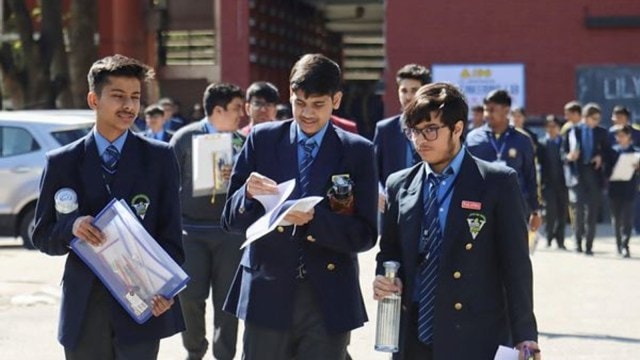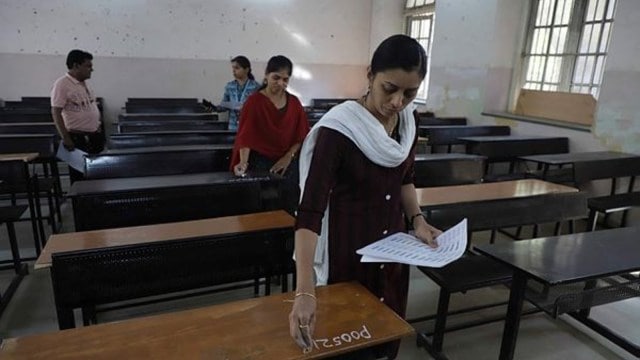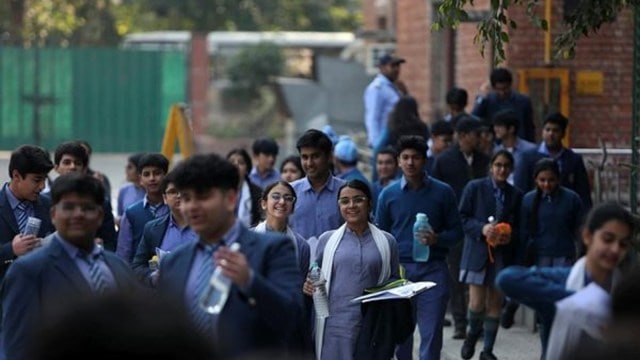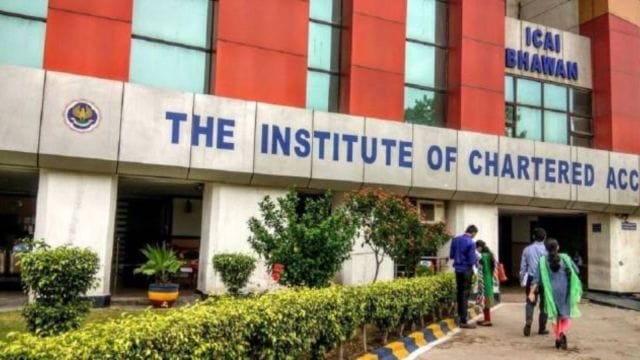
MVA, Mahayuti promise the world to voters though CAG flagged Maharashtra debt burden months ago
Months after the Comptroller and Auditor General of India (CAG) struck a cautionary note about Maharashtra’s fiscal condition, the freebies and doles the Mahayuti and Maha Vikas Aghadi (MVA) alliances have announced in the run-up to the November 20 Assembly elections may further put a strain on the state’s exchequer. The state has to repay Rs 2.75 lakh crore of debt in seven years.
The “five guarantees” of the Opposition MVA alliance — consisting of the Congress, the Shiv Sena (UBT), and the National Congress Party (SP) — include Rs 3,000 per month and free bus rides for women, farm loan waiver of up to Rs 3 lakh, and monthly support of Rs 4,000 for unemployed youth.
The Mahayuti, comprising the ruling alliance of the Shiv Sena, BJP, and NCP, has promised to raise the monthly payout under Majhi Ladki Bahin Yojana from the existing Rs 1,500 to Rs 2,100 per month and hike the amount under the Namo Shetkari Mahasanman Nidhi Yojana for farmers from Rs 12,000 to Rs 15,000 per month, in addition to a farm loan waiver.
Of the 9.7 crore electors in Maharashtra, 4.7 crore are women and the Mahayuti government aims to cover 2.5 crore of them under the Ladki Bahin Yojana. With an increase in the monthly payouts, the state government will have to spend Rs 63,000 crore annually to cover them. It will be a 40% increase compared to the current estimated amount of Rs 45,000 crore intended to cover 2.5 crore women (at the current monthly assistance of Rs 1,500).
The annual budgetary requirement for the MVA’s proposed cash scheme for women will be even higher. At Rs 3,000 a month, the annual budgetary outlay required to cover 2.5 crore women will be Rs 90,000 crore. If it happens, the annual allocation for the scheme will be higher than that for MGNREGS and the PM Kisan Samman Nidhi Yojana of the Union government.
Similarly, spending on the Namo Shetkari Mahasanman Nidhi Yojana will increase by 25% if the Mahayuti returns to power and fulfils its guarantee.
On May 14, CAG’s State Finances Audit Report for the financial year ended March 31, 2023, was presented to the Eknath Shinde government and it was tabled in the Assembly on July 12.
The CAG noted that 59.54% of Maharashtra’s outstanding public debt, for which maturity details were available, was repayable till 2030 and may put a “strain” on the government’s budget during this period. The audit findings are significant for the new government that comes in after November 23 as the liability of debt repayment will leave very little fiscal leeway for it to fulfil its poll promises.
As per the report, Maharashtra’s outstanding liabilities stood at Rs 6.61 lakh crore, or 18.73% of its Gross State Domestic Product (GSDP), at the end of the 2022-23 fiscal, of which 80% (Rs 5.32 lakh crore) was public debt. Of the total outstanding public debt of Rs 5.33 lakh crore, maturity details were available for Rs 4.62 lakh crore.
“The maturity profile of the outstanding public debt indicates that 59.54 per cent (Rs 2,75,650.4 crore) of the total outstanding public debt for which maturity details are available (Rs 4,62,991.49 crore) are repayable within the next seven years, which may put a strain on the Government budget during that period. The State government would have to work out a well thought out borrowing repayment strategy and increase their own tax and non-tax revenue resources,” states the report.
The report also highlighted that the state will have to repay Rs 94,845.35 crore of market loans and pay interest of Rs 83,453.17 crore in the next three financial years, up to 2025-26.
“In the following two years i.e., up to 2027-28, principal amount of Rs 80,796.30 crore and interest of Rs 41,913.69 crore will be payable. Average annual outgo of principal repayment and interest will be approximately Rs 60,201.70 crore during the next five years up to 2027-28,” it noted.
“During the period from 2028-29 to 2032-33, market loans of Rs 2,09,412.35 crore and interest of Rs 51,266.80 crore will be payable. As such, the State will have to repay approximately Rs 52,135.83 crore annually on an average during the period 2028-29 to 2032-33,” it said.
Highlighting the mounting debt burden on the state exchequer, the CAG noted, “Internal debt of the State Government increased by Rs 51,650.66 crore (201.08 per cent) from Rs 25,686.29 crore in 2018-19 to Rs 77,336.95 crore in 2022-23. An amount of Rs 36,634.32 crore was paid toward interest on internal debt during 2022-23. Further, during 2022-23, 47 per cent of internal debt raised was utilised for repayment of earlier debt as against 48 per cent in 2021-22.”
In the total public debt of Rs 5.32 lakh crore, the internal debt accounted for Rs 4.85 lakh crore at the end of the 2022-23 fiscal. With rising debt in recent years, Maharashtra’s ratio of fiscal liabilities to GSDP has increased from 17.27% in 2018-19 to 18.73% in 2022-23.
As per the Budget estimates for 2024-25, the total debt stock of the state is Rs 7,82,991 crore, or 18.35% of the GSDP, continuing a trend of the last two years. In 2023-24, the total debt stock as a percentage of the GSDP was 17.59%, and in 2022-23 it was 17.26%.
A senior Finance Department official said as per the Maharashtra Fiscal Responsibility and Budgetary Management Act, 2005, the fiscal deficit should ideally not exceed 3% of the GSDP. In a recent Cabinet note, the Finance Department expressed concern that, at Rs 1,99,125 crore in 2024-25, this had gone over the mark, “due to additional budget and supplementary demands”. The note added that “the government is facing a lot of financial pressure … In such a situation, the state government cannot accept additional responsibility”.
— With ENS Mumbai inputs

 Posts
Posts Sign up as a Teacher
Sign up as a Teacher